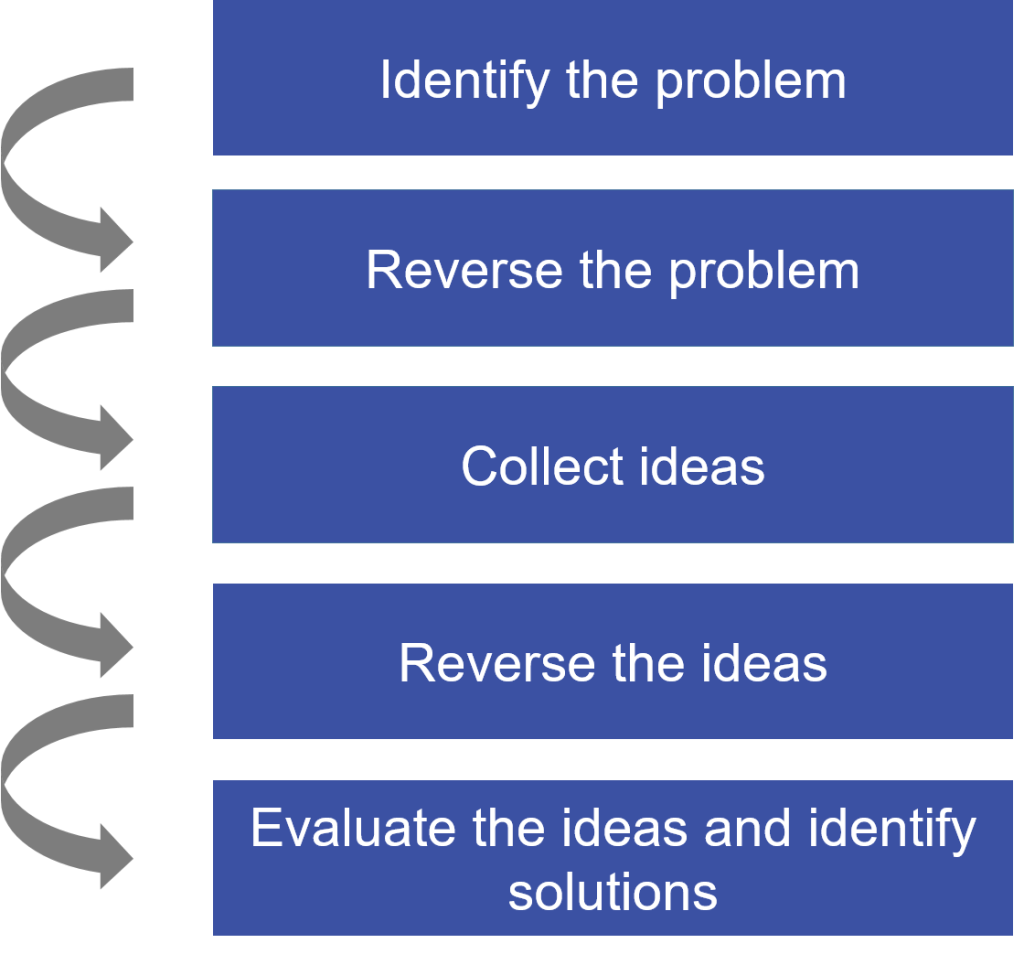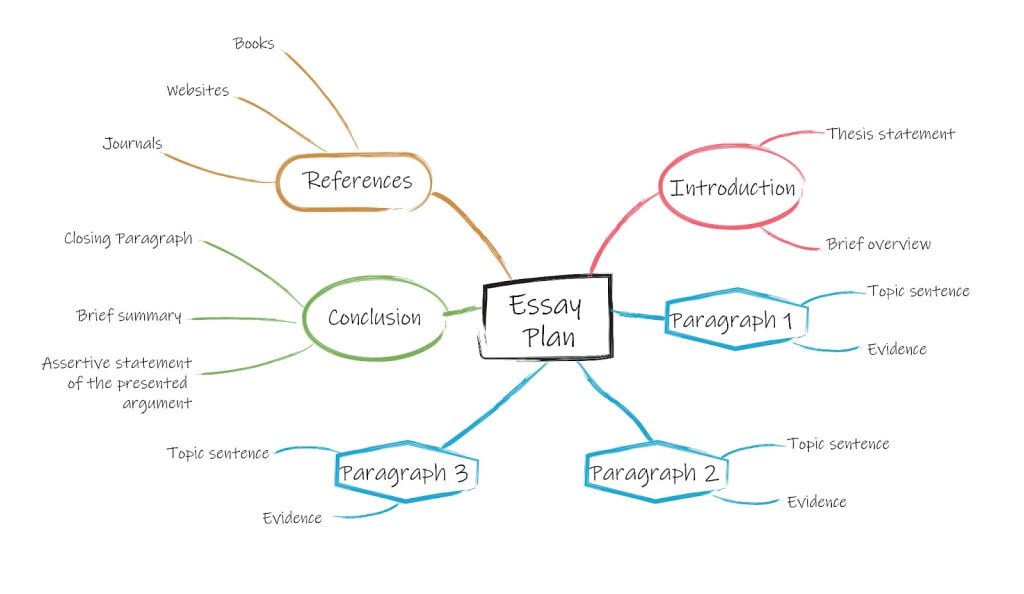
Be it as a group exercise or for an essay writing paper, brainstorming is an effective way of putting your ideas out there. They don’t have to be great, they don’t have to be groundbreaking, but they’re all building towards a goal that you need to achieve. Whether it’s brainstorming for IB LangLit Paper 1 or for IB Lit Paper 1, this is one of the first steps to answering a question. Let’s discuss how to brainstorm for IB English Paper 1.
But before that, what is brainstorming?
Brainstorming in the very essence of the term, is storming your brain with multiple ideas pertaining to a specific question. These ideas could be great ideas. They may also be inconsequential and redundant. But, the purpose behind this exercise is to produce and fabricate thoughts pertaining to that text, literary or non-literary.
Brainstorming for IB English Paper 1
For IB Literature Paper 1 as well as IB LangLit Paper 1, the text in both papers is unseen and cannot be prepared for in advance. In that case, the only material that you have is in hand while sitting for the exams – which is great, because that builds a framework for more accurate ideas.
Types of brainstorming
Positive brainstorming
As the name suggests, positive brainstorming is writing down points that you know. Anything that is relevant to the text – your thoughts, opinions, literary terms, and tools that you can identify – jot them all down. Its use can be decided in the next step.
For example, consider the text in the poem ‘The Road Not Taken’ by Robert Frost. Ask yourself: What do you know about it? The road can be a metaphor for life, a path to choosing your career, or any decision that you take. While reading the poem, you have come across many examples of imagery, simile, and personification. So, you write them down in your brainstorming session, along with relevant examples and how they contribute to the overall meaning of the text. This is positive brainstorming.

Negative brainstorming
Also known as reverse brainstorming, negative brainstorming is the opposite of the previous technique – write down everything you don’t know about the question. Now you’d ask, how is that possible? If you’re aware of what you don’t know, brainstorming will help you find an answer and work your way around it. For example, you’ve picked out the literary devices fairly well, but you don’t know much about the rhyme scheme and how it creates meaning. Brainstorming will help you focus and gain a better sense of direction.

Brainstorming techniques
1) Annotate the text
This is an easy yet crucial step to brainstorming. While reading the text the very first time, with a pen/pencil in your hand, underline the important words and phrases that will later on help you generate ideas, analyze them, or come to a suitable conclusion with them. Although this is a common practice, it is often overlooked. Annotating a text is key to identifying important words, patterns, and concepts.
2) Free writing
After you’ve read, understood, and annotated the text, remove 10-15 minutes and dedicate it to a grueling, highly productive brainstorming session. Ignore grammatical errors, ignore self-judgment, put all inhibitions aside, and just freely write what you think and what points you can deduce from the text. Once you’ve laid the foundation, you can easily choose and cancel what you need and don’t need.

3) Graphic Representation
There’s a talented bunch of you who can be the graphic designers of a literary essay. Some like to use Mind Maps, which we absolutely endorse, and some prefer Venn diagrams for their brainstorming points. Some even like creating columns to separate out body paragraphs according to the topic ideas. All of these methods are excellent while brainstorming – you also get the added benefit of planning and organizing your essay while you generate your ideas.

4) Use the Description
The description of a scene or a passage is an effective way of formulating ideas. For example, the question involves a journal entry by a botanist. Think of all the senses involved in the study of a Venus flytrap. The sight, touch, smell – you cannot taste or hear it, so that is stricken off. But the rest are clues to describing the plant, how it catches its prey, the correct conditions that sustain the plant, the kind of insects or animals it feeds off – and how these aspects are used by the author to create appeal.
What should you do after brainstorming?
Short-listing!
Once you’ve come up with some ideas, the next step is to scrutinize their relevance and significance. Is the micro-analysis of the title important to the appeal of the poem? Is the color of the leaves important to the carnivorous nature of the plant? Circle what’s important, and cancel what’s not.
Even if you’ve crossed out many points, don’t lose heart. It’s not a waste of time if that idea has given birth to a newer, different, and more effective idea than the one crossed off. This being a flow of ideas, traversing from one to another, it is a natural way of panning out your essay and reaching a suitable conclusion.
Brainstorming is the nexus of ideas
Dr. Asa Don Brown
So, the next time you practice an IB English essay, keep these points in mind and let us know how they helped you!






